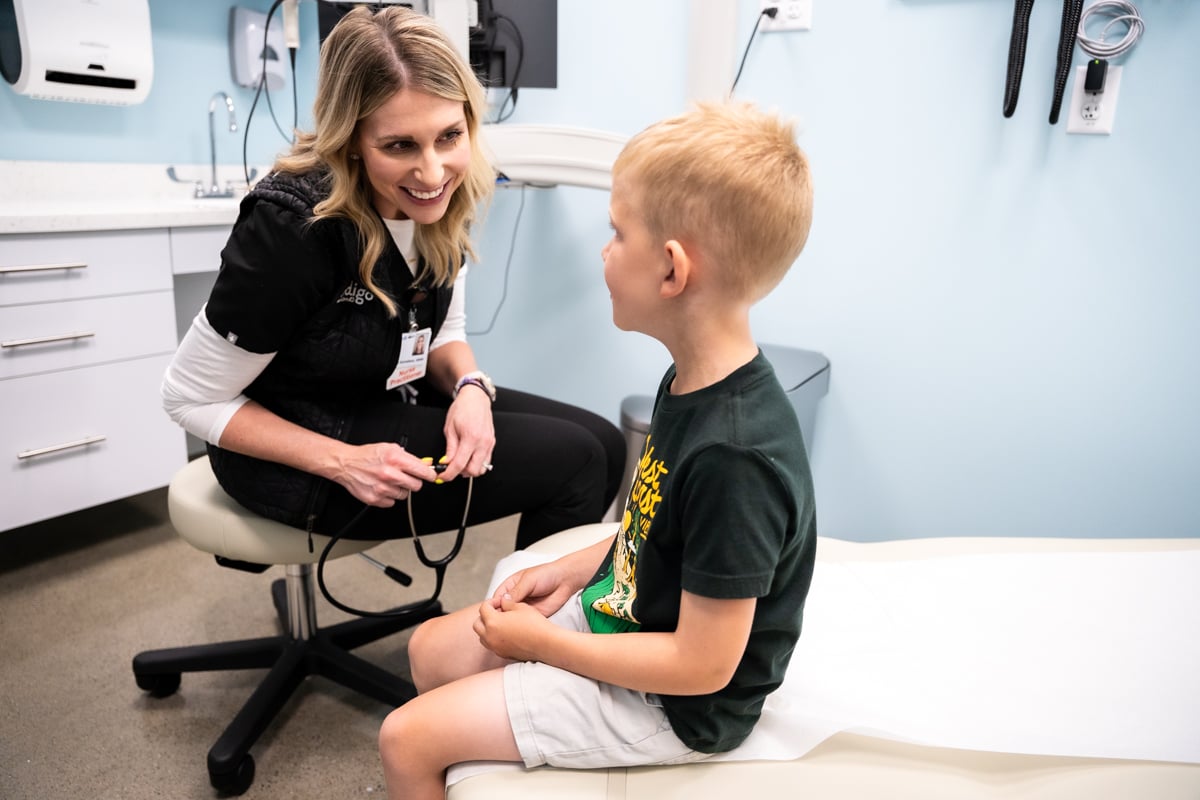Back pain affects nearly 8 out of 10 adults at some point in their lives – often starting with an injury that could have been prevented. Whether you’re hitting the gym, going for a run, or just tackling daily projects and activities, a warm-up can be the difference between a strong spine and a painful setback.
A simple routine can help:
- Increase blood flow
- Loosen up key joints
- Activate the muscles that support your spine
- Improve flexibility and stability
- Help build movement control
These benefits add up to a stronger back and lower risk of injury.
Six steps to a healthier back
Here are some quick, simple and effective warm-up tips to get your body ready to move and keep your back safe.
Step 1: Get your heart pumping
Light cardio helps prepare the body for more intense activity or exercise by gradually increasing heart rate and blood flow to your muscles.
Try: A brisk 5 minute walk or an easy spin on the bike.
Step 2: Loosen up with dynamic stretching
Moving muscles and joints through their full range of motion helps warm up your body more effectively than static stretching.
Try: 10 leg swings forward and back on each leg.
Step 3: Fire up your core
Your core muscles are your spine’s main support system. Engaging them early helps protect your back during movement.
Try: 10 pelvic tilts. Lie on your back with knees bent. Flatten your lower back into the floor, tighten your abs, and hold for a second, then release.
Step 4: Wake up glutes and hamstrings
These powerhouse muscles support your lower back and help with lifting, walking, and bending.
Try: 10 glute squeezes or standing leg curls. For the latter, stand tall, bend one knee and bring your heel toward your glutes. Hold onto a chair or wall for balance if needed.
Step 5: Mobilize your spine
Gentle movements help increase flexibility and prepare it for action.
Try: 10 slow cat-cow stretches on all fours, moving gently through the spine’s full range.
Step 6: Build balance and stability
Finish your warm-up with an exercise that challenges your coordination and strengthens the muscles that keep your spine steady during movement. This step ties everything together by engaging your core, glutes, and back.
Try: 10 bird dogs – on hands and knees, extend your right arm and left leg, hold for a breath, then switch sides.
Quick tip: As you move through each step, relax your shoulders, engage your core and keep your spine in a neutral position.
How can I treat a back injury at home?
If you’ve tweaked your back or you’re feeling some discomfort, there are a few safe, at-home strategies that can help manage mild to moderate back strain:
- Rest – within reason. It’s important to take it easy for the first day or two but try to keep moving with light activity. Too much bed rest can actually slow recovery and lead to stiffness.
- Apply ice, then heat. Use an ice pack for the first 24-48 hours to reduce inflammation, then switch to a heating pad or warm compress to relax tight muscles and improve circulation.
- Stretch gently. Once pain starts to ease, try light stretching to regain mobility. Move slowly and avoid bouncing or forcing the stretch.
- Try over-the-counter remedies. NSAIDs like ibuprofen or naproxen can reduce inflammation and help manage pain. Always follow label instructions and consult a health care provider for prolonged use.
- Watch your posture. Maintain good alignment when sitting, standing, or sleeping. Lumbar cushions or rolls can help support your spine and reduce strain.
When should I seek medical care for back pain?
Most minor back strains and sprains improve with simple at-home care, but there are times when you should get checked out. Lingering, new, or worsening symptoms could be signs of a more serious issue.
Seek medical care if you have:
- Severe or worsening painthat doesn’t improve after a week.
- Pain that radiates down one or both legs, especially if it extends below the knee.
- Additional symptoms that may indicate infection or other issues that need evaluation, such as cloudy or bloody pee, pain when you pee or groin pain
- Chest and back pain when coughing, which may signal a lung infection like pneumonia or bronchitis
Indigo Urgent Care treats most minor illnesses and injuries, including back pain. And you don’t need to wait to get the care you need or squeeze an inconvenient appointment into your busy schedule. Simply walk in to one of our neighborhood locations, book a same-day or next-day appointment online, or schedule a face-to-face virtual appointment. In-person and virtually, we’re here 8 am to 8 pm every day, including weekends.
When does back pain require emergency care?
Certain symptoms may indicate serious conditions such as nerve compression, spinal cord injury, or infection. You should seek immediate medical attention if you have back pain along with any of the following symptoms:
- Fever, nausea and/or vomiting
- Severe abdominal pain
- Numbness, tingling, or weakness in your arms or legs
- Sudden or severe muscle weakness or spasms
- Loss of bladder and bowel control, or difficulty fully emptying your bladder
- Problems with walking, balance, or coordination
- Pain following a fall, accident, or trauma
- Unexplained or sudden weight loss


